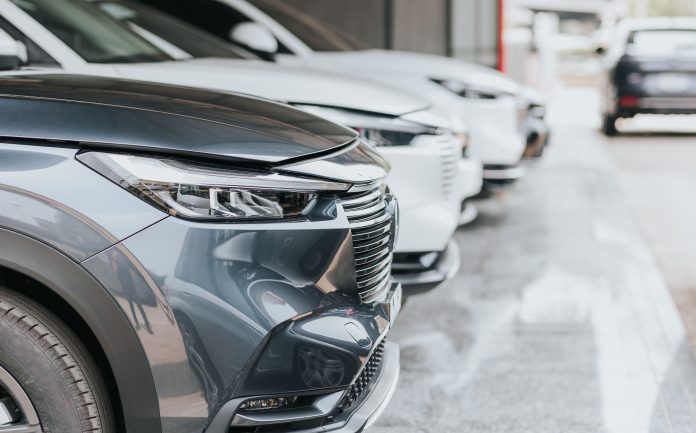Honda, Hyundai, Mazda, and Subaru reported increased sales in July, while Toyota and Kia experienced declines as the industry recovered from June setbacks. Honda’s sales rose 8% to 120,737 vehicles, driven by strong light truck performance and CR-V and Civic hybrid variants. The Honda brand saw a 10% increase, while Acura fell 7.3%. CR-V sales increased by 3.4%, with hybrids making up 50% of the volume, and Civic sales rose by 18%.
Mazda’s deliveries rose for the third consecutive month, up 30% to 39,866, marking the company’s best July sales performance on record. Subaru’s sales increased by 2.6%, driven by a 36% gain for the Crosstrek, which posted its best July performance ever. Subaru has not seen a monthly sales decline since July 2022.
Hyundai’s sales grew by 4% to 69,202, led by a 50% rise for the Palisade crossover and a 79% increase for the Sonata sedan. Kia, however, saw a 10% drop in sales, with only the Seltos and Sportage crossovers showing increases among established models. Despite this, Kia’s EV sales nearly doubled year-to-date, bolstered by introducing the EV9 three-row crossover.
Toyota’s sales fell by 5.1% to 181,894, with notable declines in RAV4, Camry, and Corolla models. However, Lexus, Toyota’s luxury division, saw a 16% rise in sales thanks to strong performances from the RX and the new RZ crossover. Toyota’s electrified vehicle sales, including hybrids, increased by 45% compared to July 2023.
In the U.S. light-vehicle market, sales rose 1-3% last month, with many dealers recovering from June’s cyberattacks. Analysts expect overall growth to slow in the second half of the year due to high interest rates, borrowing costs, and elevated vehicle prices. However, potential interest rate cuts later in the year may help stimulate demand. The Federal Reserve kept interest rates unchanged during its July 31 meeting.







